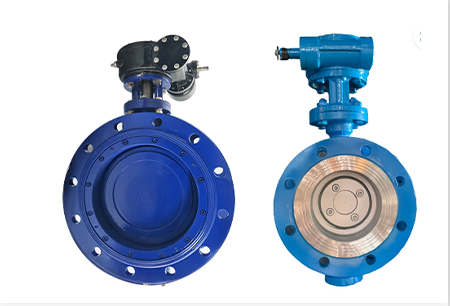Essential Guide to Industrial Pipe Fittings Types and Applications
Understanding Industrial Pipe Fittings Key Components in Piping Systems
Industrial pipe fittings play a crucial role in a variety of sectors, including construction, manufacturing, oil and gas, and many others where piping systems are essential. These components are necessary for connecting, redirecting, and regulating the flow of liquids, gases, and sometimes solids within pipelines. Understanding the types, materials, and applications of industrial pipe fittings can significantly enhance efficiency and safety in any piping system.
Types of Industrial Pipe Fittings
Industrial pipe fittings can be categorized based on their design and function
1. Elbows Used to change the direction of a pipe run, elbows can form angles of 45 or 90 degrees. They are essential for guiding the flow in desired directions while maintaining the integrity of the pipeline.
2. Tees These fittings allow the flow to branch off from the main pipeline. A tee fitting is shaped like the letter T and can be used to connect two pipes at a right angle to another pipe.
3. Reducers Used to connect pipes of differing diameters, reducers allow for a gradual change in the pipe size. This is often important in managing fluid velocity and pressure in a system.
4. Caps and Plugs Caps are fitted on the end of a pipe to close it off, while plugs serve a similar purpose but are typically used in threaded fittings. These are essential for isolating sections of a piping system for maintenance or when modifications are needed.
5. Couplings and Unions Couplings connect two pipe ends together, while unions allow for easier disconnection. These are crucial in maintaining the integrity and functionality of a piping system.
6. Flanges Flanged fittings are used for connecting pipes, valves, and other equipment. They provide a strong, leak-proof connection and allow for easy assembly and disassembly. Flanges are especially important in high-pressure systems.
Materials Used in Pipe Fittings
industrial pipe fittings

The choice of material for industrial pipe fittings depends on the application, pressure, and temperature conditions
. Common materials include- Steel Known for its strength and durability, stainless steel is widely used in industrial applications, especially where corrosion resistance is vital.
- PVC (Polyvinyl Chloride) Lightweight and easy to handle, PVC is commonly used in drainage, irrigation, and water supply systems. It is resistant to many chemicals and UV radiation.
- Copper Copper fittings are often used in plumbing for water supply systems due to their anti-corrosive properties and longevity.
- Ductile Iron Often used in larger industrial applications, ductile iron is robust and can accommodate high-pressure systems.
Applications of Industrial Pipe Fittings
The applications of industrial pipe fittings are vast and diverse. In the oil and gas sector, for instance, these fittings help transport crude oil through pipelines, ensuring safe and efficient flow. In manufacturing industries, pipe fittings are crucial in the processing of chemicals and fluids. Additionally, in construction, they are used for plumbing and HVAC systems, which are integral to building infrastructures.
Moreover, proper selection and installation of pipe fittings can enhance operational efficiency, reduce maintenance costs, and minimize leaks and failures, which can lead to costly downtime.
Conclusion
In summary, industrial pipe fittings are essential components that facilitate the effective operation of piping systems across numerous industries. Understanding the various types, materials, and applications of these fittings is crucial for engineers, contractors, and workers involved in the design and maintenance of piping systems. By selecting the appropriate fittings, businesses can significantly improve the reliability and efficiency of their operations, ultimately contributing to safer and more effective industrial practices. Whether it’s for a simple plumbing project or a complex industrial installation, the right pipe fittings make all the difference.
-
The Key to Fluid Control: Exploring the Advantages of Ball Valves in Industrial SystemsNewsJul.09,2025
-
The Versatile World of 1, 2, and 3 Piece Ball ValvesNewsJul.09,2025
-
Stainless Steel Ball Valves: The Ideal Choice for Efficient Flow ControlNewsJul.09,2025
-
Optimizing Fluid Control with Ball Float ValvesNewsJul.09,2025
-
Manual Gate Valves: Essential for Control and EfficiencyNewsJul.09,2025
-
Everything You Need to Know About Butterfly ValvesNewsJul.09,2025
-
The Versatility of Wafer Type Butterfly ValvesNewsJul.08,2025




